.According to a report by IPBES, an independent intergovernmental science and policy agency supported by the United Nations, approximately one million species are at risk of extinction.
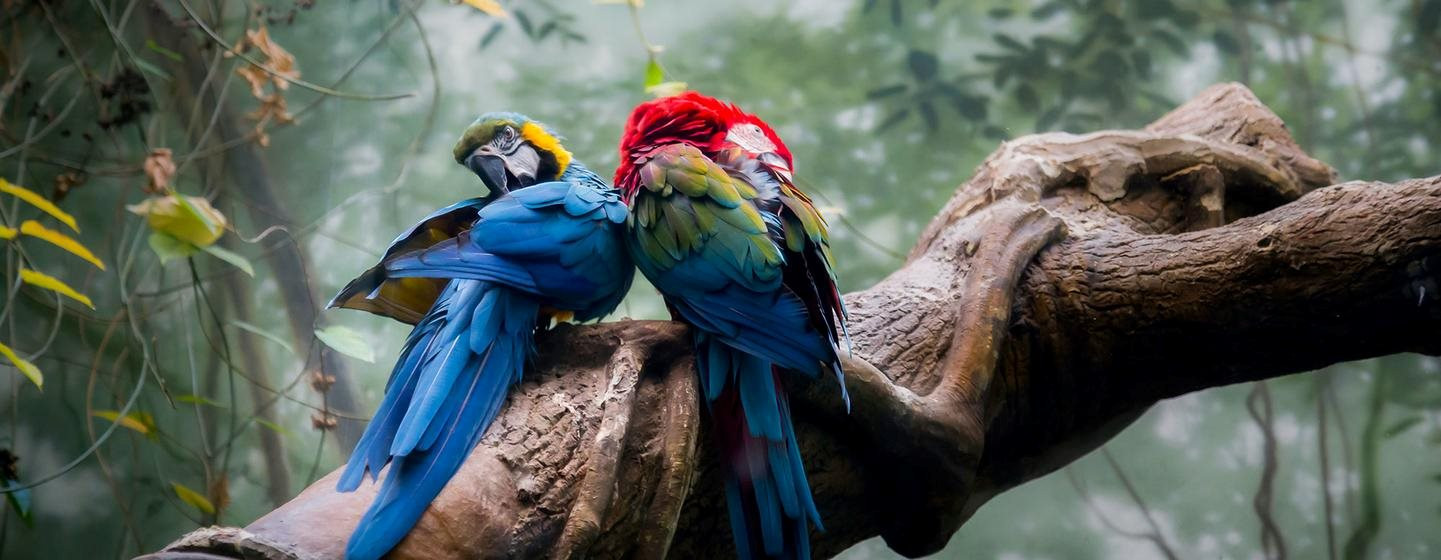
Parrots are on the list of threatened species
Many people may be surprised to learn that giraffes, parrots and even oak trees, as well as cacti and seaweed, are on the list of threatened species.
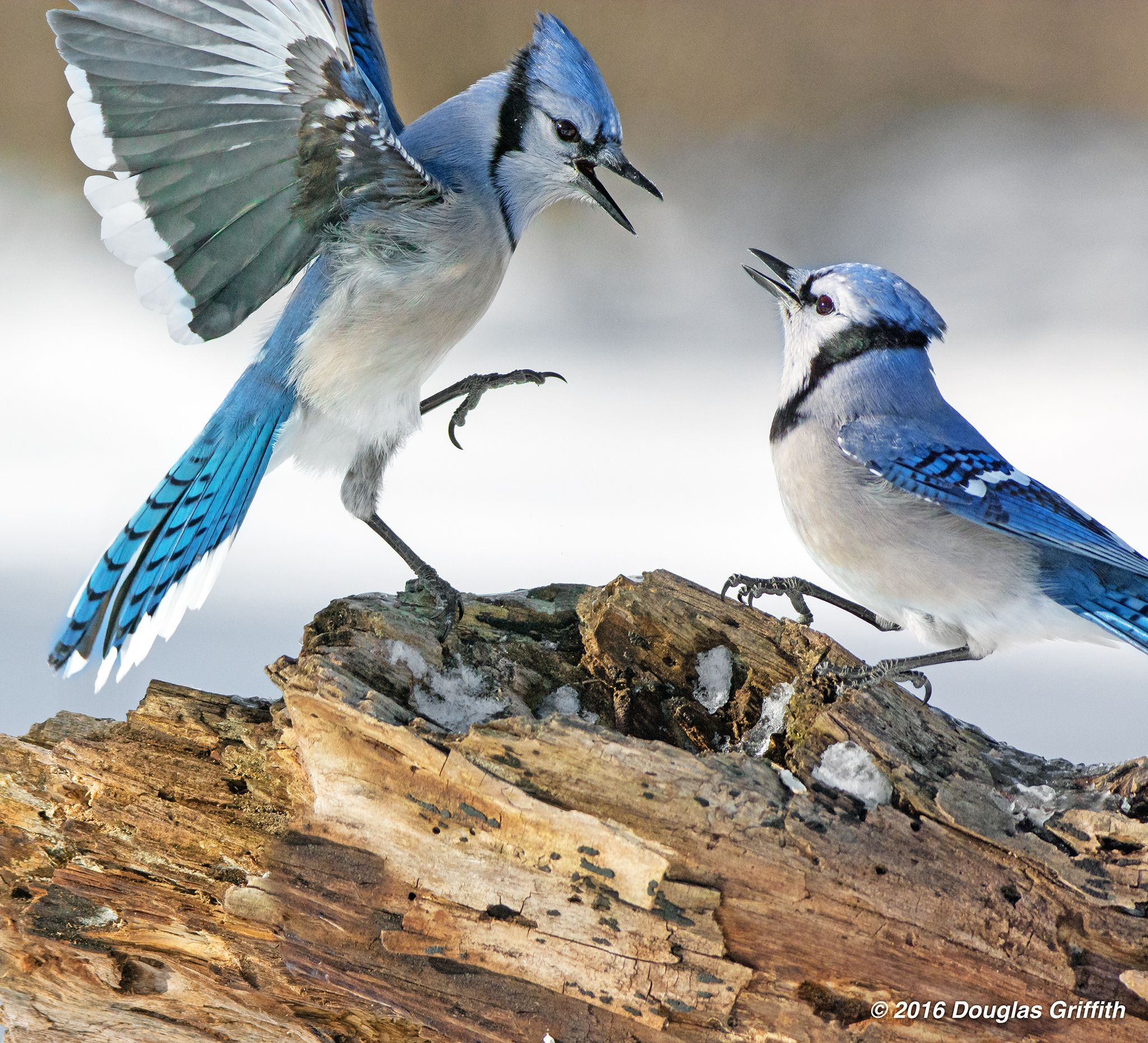
Seaweed is one of the planet’s “great creatures,” and relatives of some species of seaweed today can be traced back about 1.6 billion years ago. Seaweeds play an important role in marine ecosystems, providing habitat and food for marine life forms, while larger types – such as kelp – act as nurseries for fish below. water. However, mechanical dredging, rising sea temperatures and the construction of coastal infrastructure are contributing to the decline of these species.
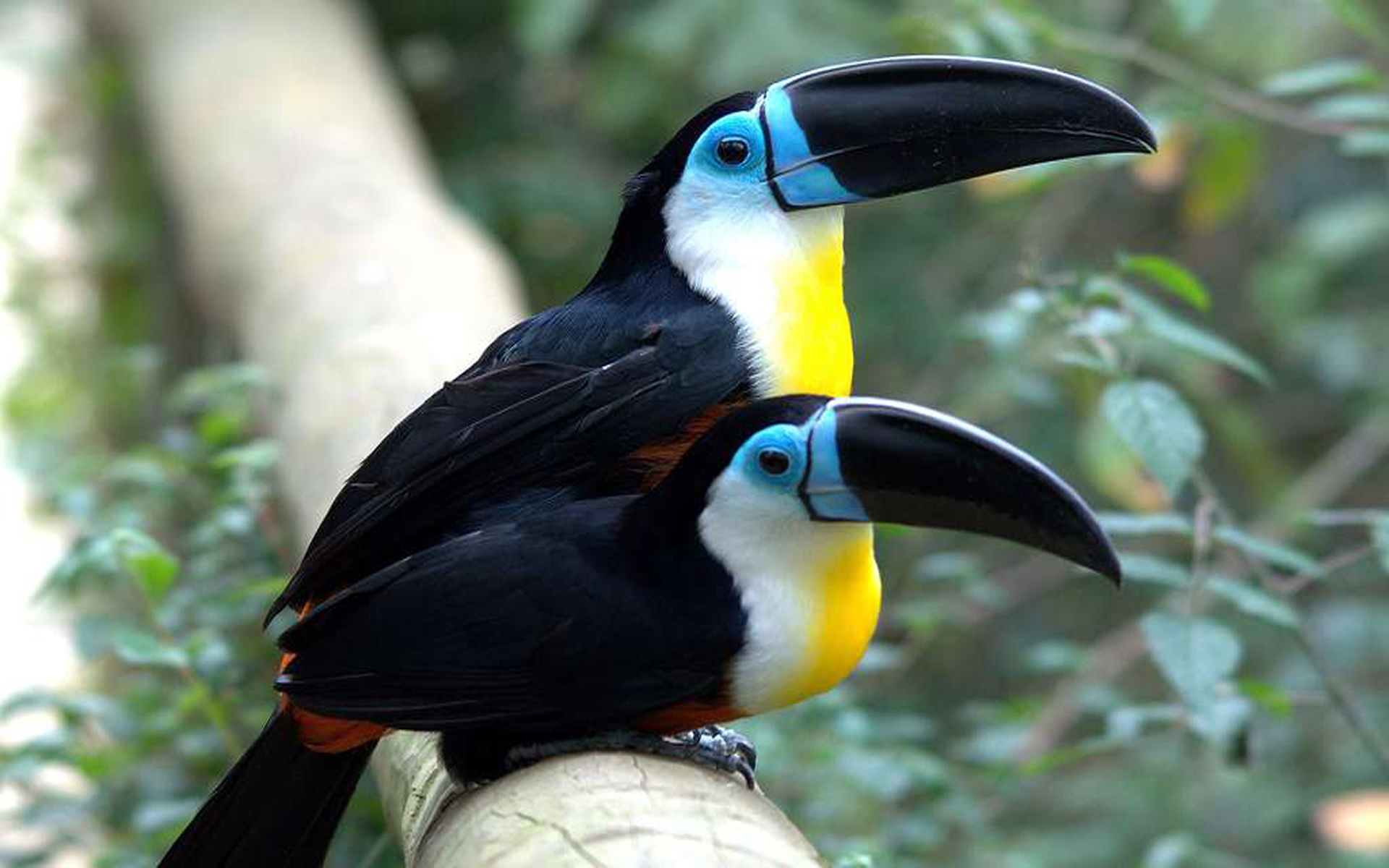
The world’s trees are threatened by a variety of sources, including logging, deforestation for industry and agriculture, firewood for heating and cooking, and climate-related threats such as fires. forest.
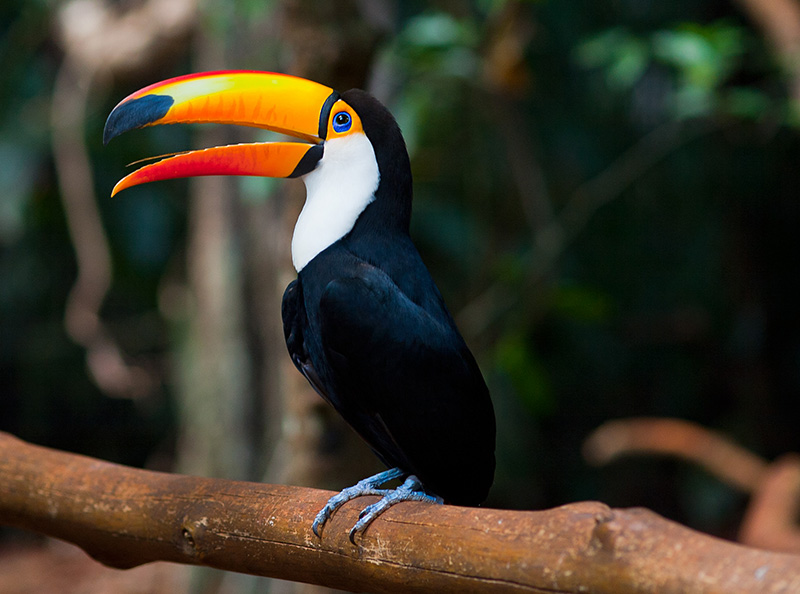
According to the International Union for Conservation of Nature (IUCN) Red List of Threatened Species, about 31% of the world’s 430 oak species are threatened with extinction and 41% are of “conservation concern.” ”, mainly due to deforestation for agriculture and fuel for cooking.
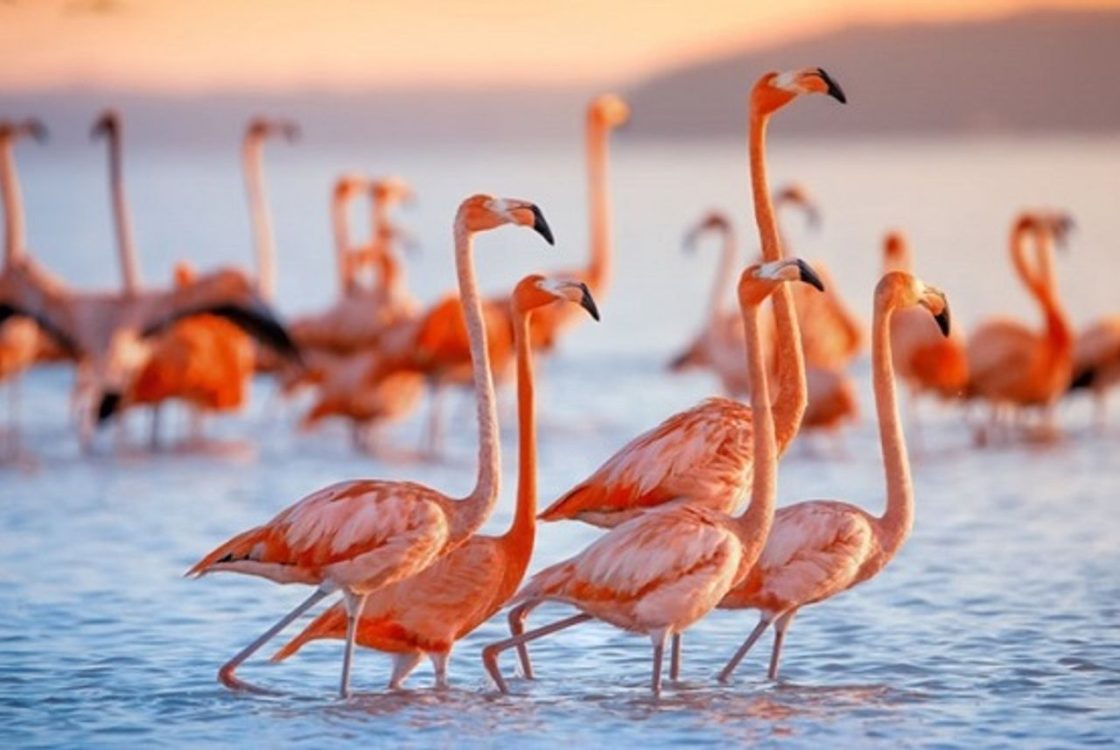
Giraffes also face extinction due to being killed for meat, habitat degradation due to unsustainable logging and increased demand for agricultural land. According to estimates, there are only about 600 West African giraffes left in the wild.
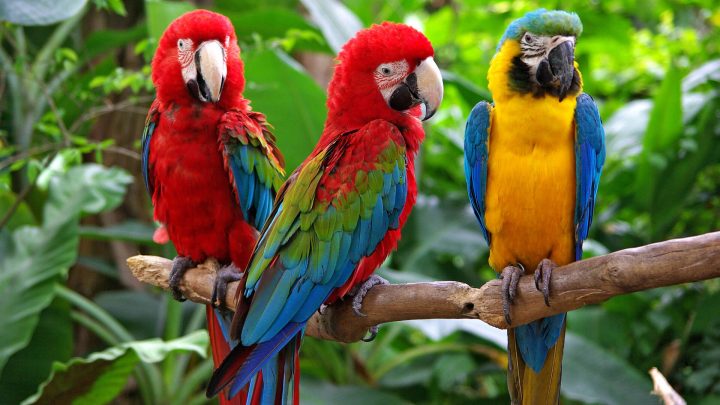
According to United Nations experts, if humans do not interact with nature in a more sustainable way, the current biodiversity crisis will become more serious, with catastrophic results for humanity.
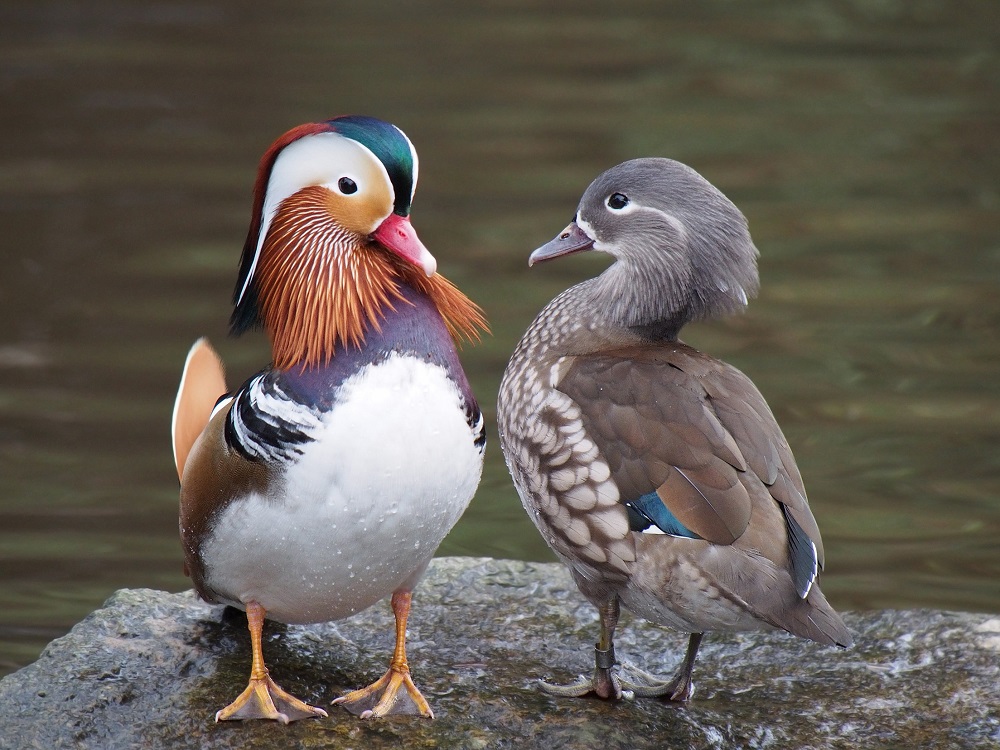
Ms. Susan Gardner, Director of the Ecosystems Program of the United Nations Environment Program (UNEP), said: “The IPBES report highlights wild species as a source of food, shelter and income. indispensable for hundreds of millions of people around the world. If we continue to use these resources in an unsustainable manner, not only will we witness the loss and damage of these species’ populations, but it will also affect their own health and well-being. us and future generations.”





